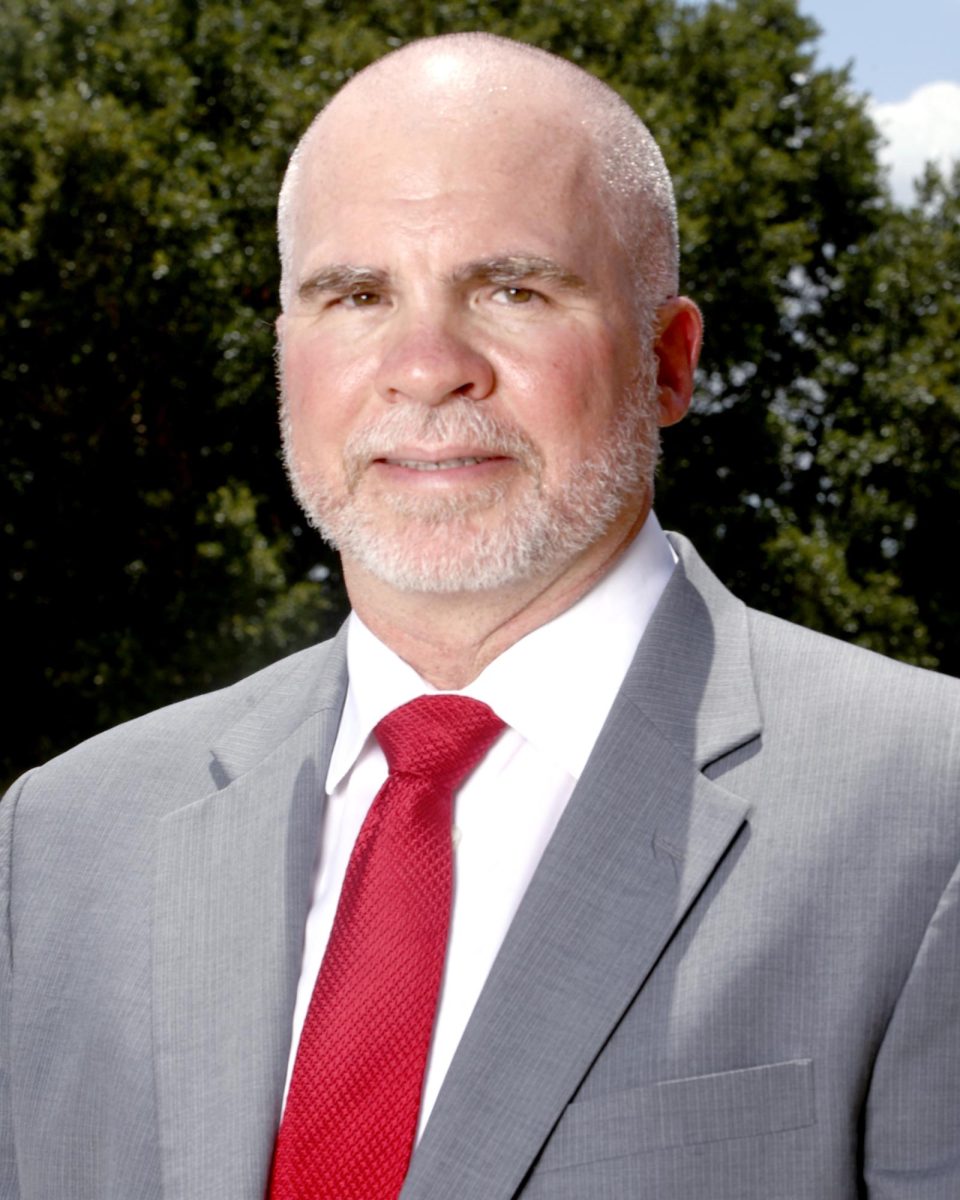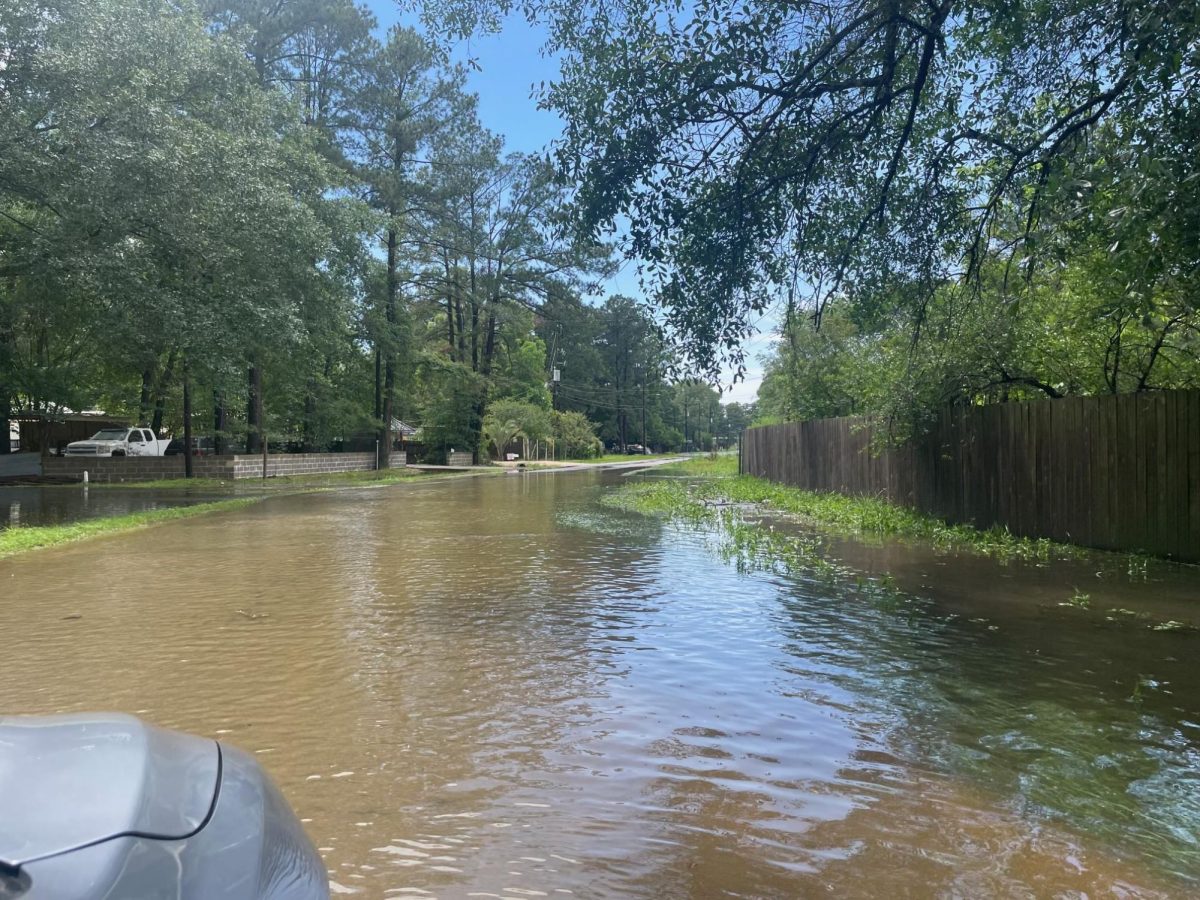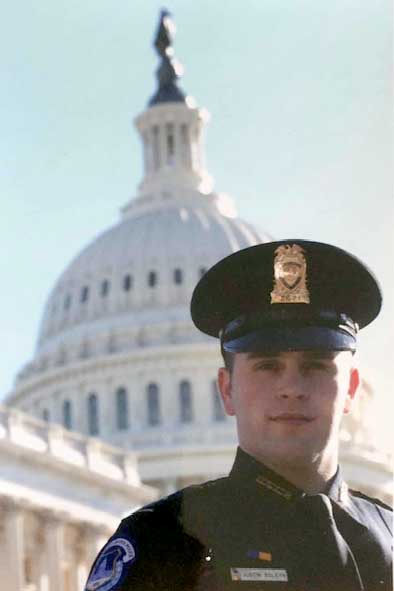With a new state law requiring all school districts implement methods to increase school safety, Conroe ISD chose to require all students wear personal IDs. Associate Principal of Operations Brad Milam discusses how that looks at Caney Creek High School.
What is the purpose of an identification card for school?
BM: It has multiple purposes, the ID that we use is also known as a smart tag. The main purpose is to make sure that the people who are on campus are here supposed to be here. That’s why we require all of our employees to wear ID badges. We require all students to have their ID badge on them. We can make sure that everybody who’s here is supposed to be here. With 270-plus staff members and 2,650 students, not everybody is going to know everybody, so we need to make sure that we can identify each other. The secondary purpose is to also allow students who are bus riders use the ID to scan in and scan out that allows parents to be able to know what time their student got on and off the bus, and where they got on and off the bus. Parents can monitor their child’s progress when getting to school and also getting home.
How do you feel about students not wearing their IDS?
BM: I do know that it’s a change for this year. I don’t have a feeling one way or the other. What I want to do when I have students who aren’t wearing their ID badges is educate them on why wearing them is not anything personal. We don’t wake up in the morning going “Let’s force everyone to wear an ID.” There’s a reason behind why we want to keep our school safe, we want to keep everybody including the students, the staff, even visitors safe to this campus which is why we make visitors sign in and have their own ID badge. I don’t have a feeling one way or the other about it other than you know. I want to make sure that everybody is educated on why we wear them.
Should students get punished for not wearing their IDs?
BM: Students who are habitual people and have been given multiple opportunities to wear their ID and they refuse to wear their ID will be held accountable according to the code of conduct. Punished is a strong word. We don’t punish students, we try to correct students’ behavior and part of that is to hold them accountable for their behavior.
Why do you think students make a big deal out of wearing IDs?
BM: Because it’s a change. Anytime you change something like that on a group of people, they’re going to inherently look for reasons why they can’t do it. They’re gonna look for reasons why they can’t do it. Nobody likes change, but we see well over 98% of our kids wear their IDs all the time. The 2% that we really work, they’re coming along and they’re getting to where they’re wearing them more often as well.
Do you think the school is safer with students having IDs out? If so, how?
BM: Anytime you can identify whether someone’s supposed to be on this campus or not, it makes the school safer. For example, if I see someone without an ID, I want to stop them and even if I recognize them and stop I’m gonna make sure they get it on because the next adult they see may not recognize them. If I see someone without an ID and I don’t recognize them. We’re going to make sure that they’re supposed to be on campus. So yes, it does. It does make this campus safer, especially with our IDs. Smart tag IDs allow us to be able to find students quicker when we get a call that says a parent will call and say, hey, my student didn’t get off the bus. I can look up on a smart tag and say, ‘what do you know, they got on the bus at the bus ramp at 2:35 and we dropped them off at 2:42’. So I will be able to communicate to parents that they did get off the bus and here’s the exact time they got off the bus.
What could be some problems if schools don’t require IDs?
BM: Well, in Conroe ISD, where all the schools require students to have an ID so the problems you can run into is of course your may not be able to quickly identify who’s supposed to be on campus or not. That’s the biggest problem I can think of right now is not being able to quickly identify if someone is allowed to be inside the building or not.
Why does the school charge for school IDs?
BM: We don’t charge every year. In fact, the IDs that were provided last year, the ones that students are using right now, are free. The only charge we give is for replacement fees. So everybody received their ID last spring or their smart tag and they were instructed to keep it over the summer. Most of the people did that, the ones that didn’t are charged because these are now new IDs, everything costs money to replace. Once we provide it for the student, unless the damage caused to an idea is the school’s fault, we’re going to charge a nominal fee to get that replaced and we don’t make money off of it. It’s the replacement fee because it’s a special badge that allows the operate to scan in and out of the bus.
What if kids aren’t able to afford a school ID?
BM: Just like anything else we have different processes in place for that. If students feel like they can’t afford a replacement badge and they’re welcome to come see their system principal or come see me and we can go through all of our options.
Will you be able to detect someone using a fake ID or pretending to be someone else from the school?
BM: Yes, I mean, our IDs are very specific, they’re very hard to fake. If we did have a fake ID we would address it through the Student Code of Conduct and through the police department. I would hope that nobody would do that. If someone is purposely creating a fake ID to get onto campus then, I would hope that with the 270 plus staff members who are constantly looking for IDs someone would recognize it very quickly.
Quotes were edited and condensed for clarity.














